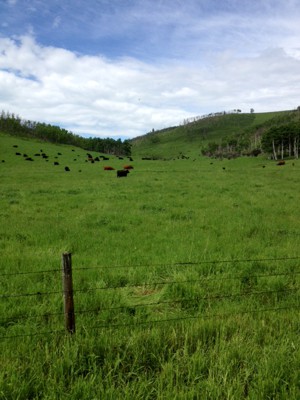Alberta's Surface Rights Act requires that compensation be paid to leaseholders of both private and Crown lands for the loss of use, adverse effects, nuisance and other damages caused by the oil and gas activity on the grazing lands. The compensation is intended to make leaseholders "whole", that is, "to put the grazing leaseholder affected by energy operations in a financial position as close as possible to the position they were in prior to entry by the operator."
The Alberta Surface Rights Board holds hearings to determine compensation rates for both private and Crown lands.
The Surface Rights Act and numerous court rulings require compensation being paid to the parties directly affected-the ones who suffer the losses and impacts. The Surface Rights Act separates these impacts into two categories:
- Loss of use
- Adverse Effect to the rest of the leaseholder's lease, nuisance, inconvenience, and noise
Energy companies make offers to landowners or leaseholders based on the framework for compensation as set out in section 25 of Surface Rights Act. In addition, if the parties fail to reach an agreement, the Surface Rights Board – a provincial, quasi-judicial tribunal – holds a public hearing to determine the compensation payable to the surface occupant and owner.
The Surface Rights Board publishes detailed written decisions. The evidence the Board receives is available to the public. The Board's decisions are reviewable by the Alberta Court of Queen's Bench which is also a public process. The process for determining compensation is completely transparent and follows a clear legal process.

